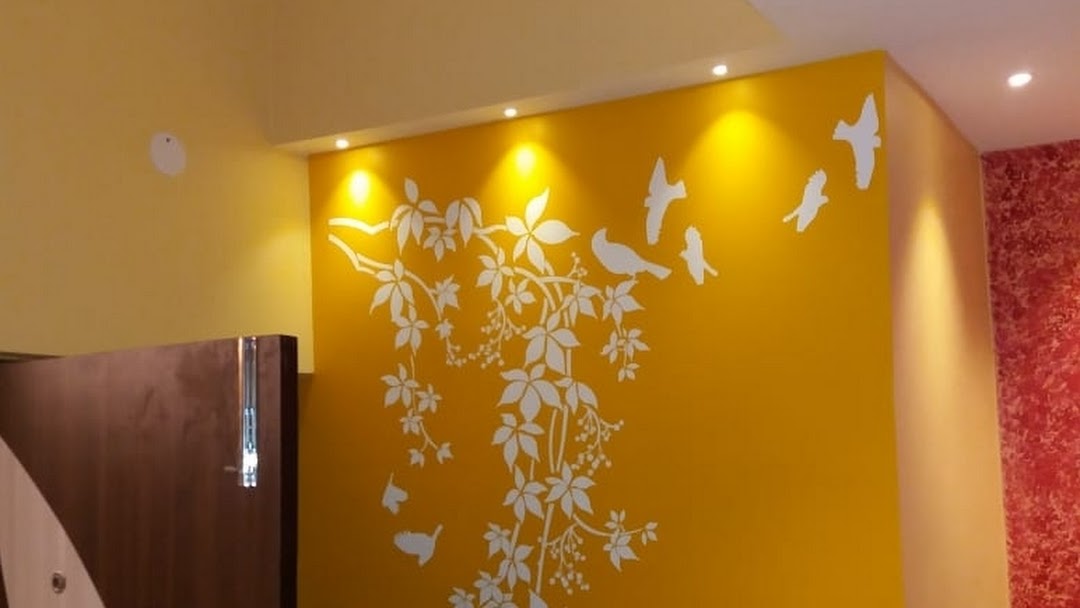The evolution of women’s part-time employment is a fascinating subject that has seen significant changes over the years. It has been shaped by various societal, economic, and cultural factors, which have influenced its current state and will continue to shape its future trends.
In the past, part-time work was often associated with women who wanted to balance their family responsibilities with earning income. Traditionally, these jobs were in sectors such as retail or hospitality where flexible hours could be accommodated. However, this perception has dramatically changed over time due to several influencing factors like education levels and financial independence.
Today’s women are more educated than ever before; they are pursuing careers in diverse fields ranging from technology to finance. This increased level of education among women has led to a rise in professional part-time roles that offer higher wages and better working conditions compared to traditional part-time jobs.
Moreover, technological advancements have made it possible for many industries to offer remote work options. This flexibility allows more women to take up part-time positions while managing other commitments effectively. The trend towards digitalization also means that there are now more opportunities for freelance or contract-based work across various industries.
The future trends of women’s part-time employment 여성알바 look promising thanks largely due to changing societal attitudes towards gender roles at work and home. As workplaces become increasingly flexible and accommodating of different lifestyles and needs, we can expect an increase in the number of high-quality part-time roles available for everyone including women.
Furthermore, there is growing recognition among employers about the value that diversity brings into their organizations – not just gender diversity but also diversity in terms of full time versus part time employees or on-site versus remote workers etcetera. As such employers are expected to create more inclusive workplaces where people regardless of their gender or preferred mode of employment can thrive equally well.
Another trend worth noting is the shift towards entrepreneurship among modern-day women who prefer setting up their own businesses rather than taking on traditional employment routes – full time or part time. This trend is likely to continue given the increasing availability of resources and support for women entrepreneurs.
In conclusion, the future of women’s part-time employment is expected to be marked by more opportunities, better working conditions, and greater flexibility. It will also be characterized by a shift towards higher quality roles that reflect the skills and qualifications of modern-day women. While challenges remain in terms of ensuring equal pay and opportunities for all, there is no doubt that we are moving in a positive direction where both men and women can choose from a variety of work arrangements based on their unique needs and preferences.




